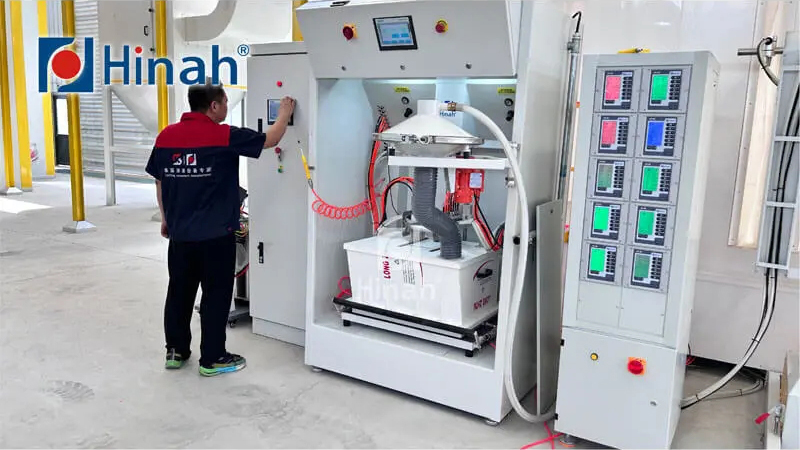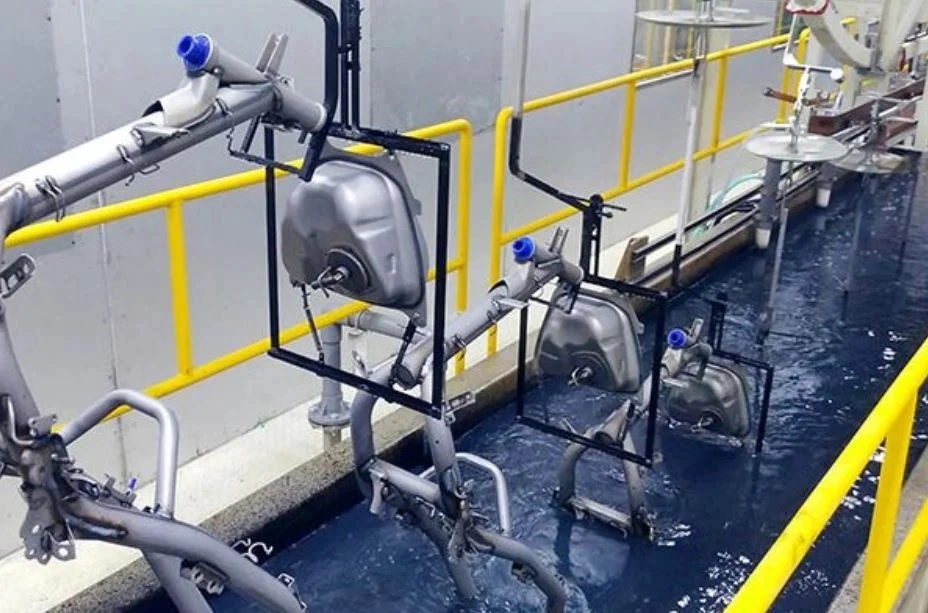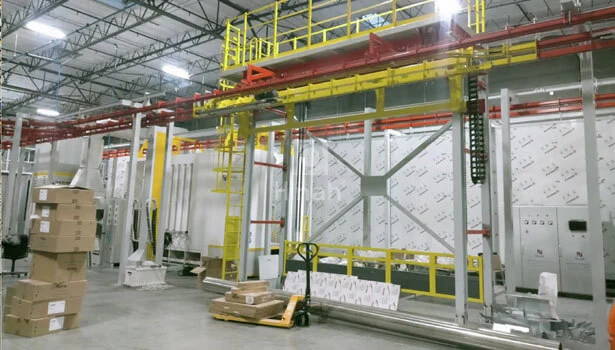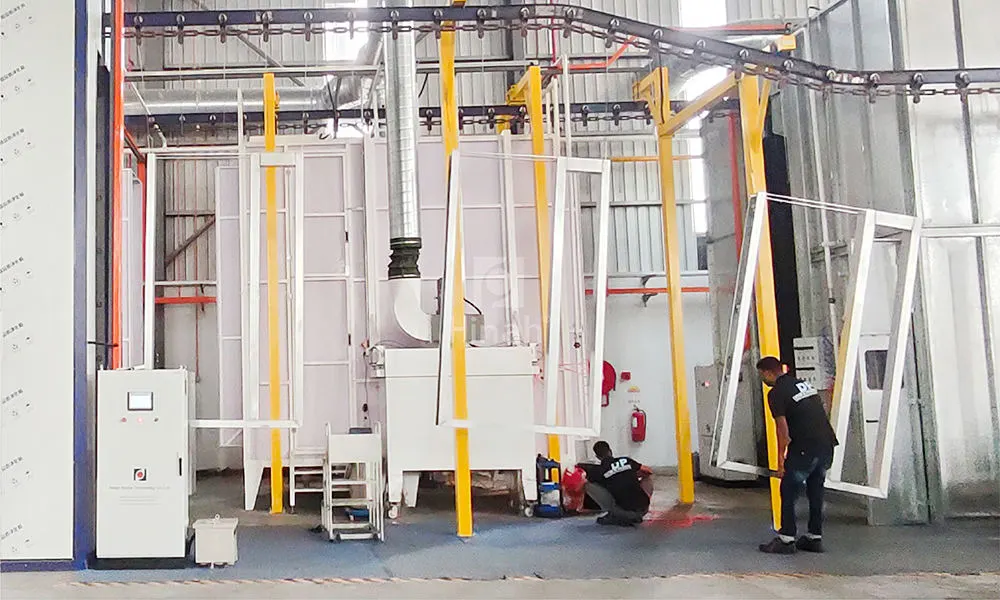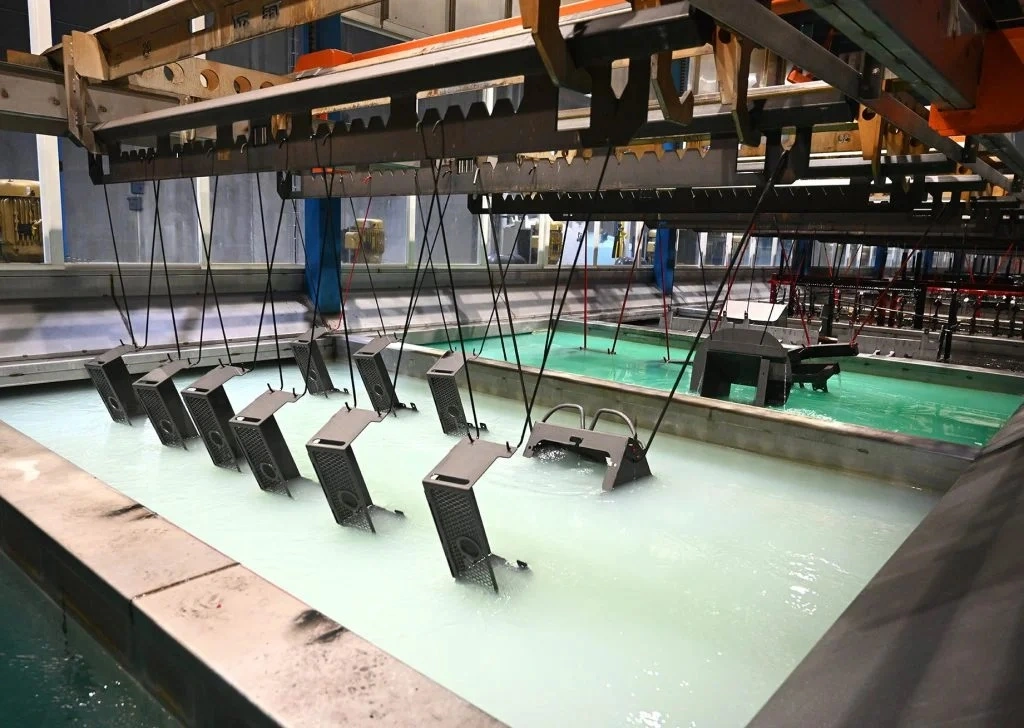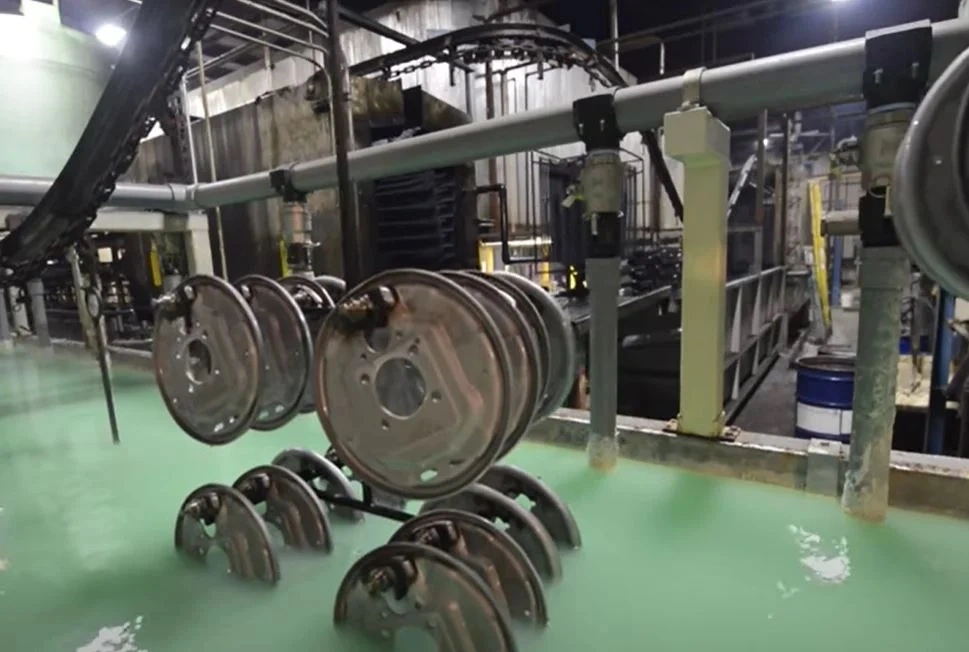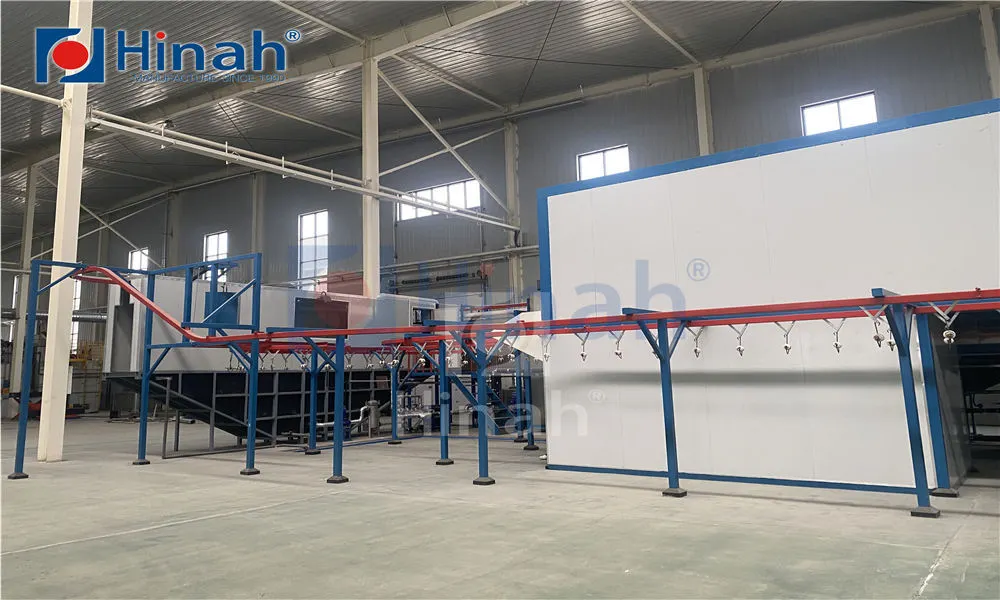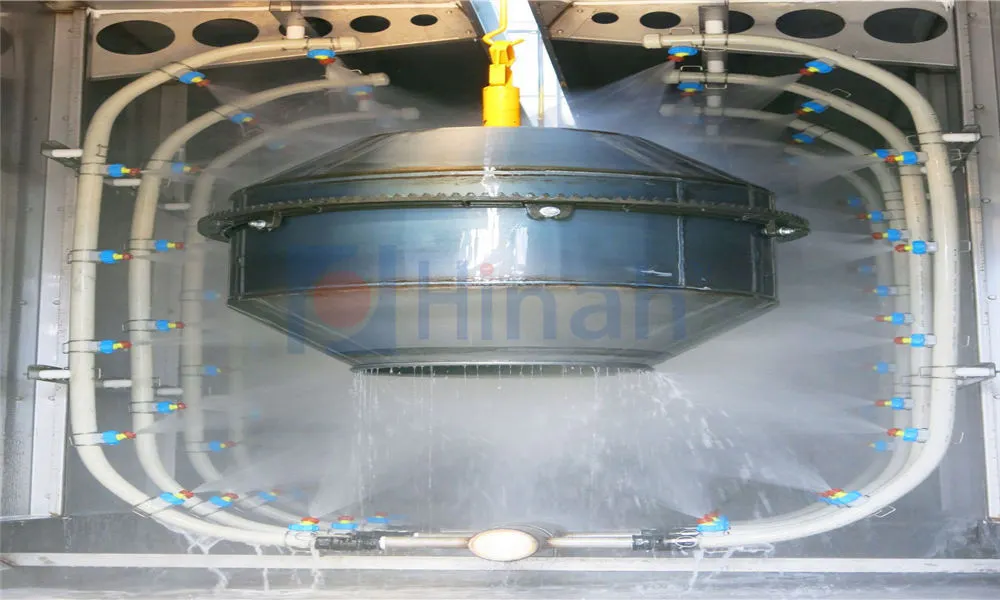In the world of industrial manufacturing and finishing, the paint baking oven plays a pivotal role in ensuring that coated surfaces achieve optimal durability, appearance, and performance. Whether in automotive, aerospace, or furniture production, this equipment is essential for curing paints and coatings to perfection. As industries strive for higher efficiency and environmental compliance, understanding the intricacies of a paint baking oven becomes crucial. This article delves into the core aspects of paint baking ovens, providing a comprehensive overview that highlights their functionality, types, applications, and more. By the end, you'll grasp why a paint baking oven is indispensable in modern production lines and how it can transform your coating processes.
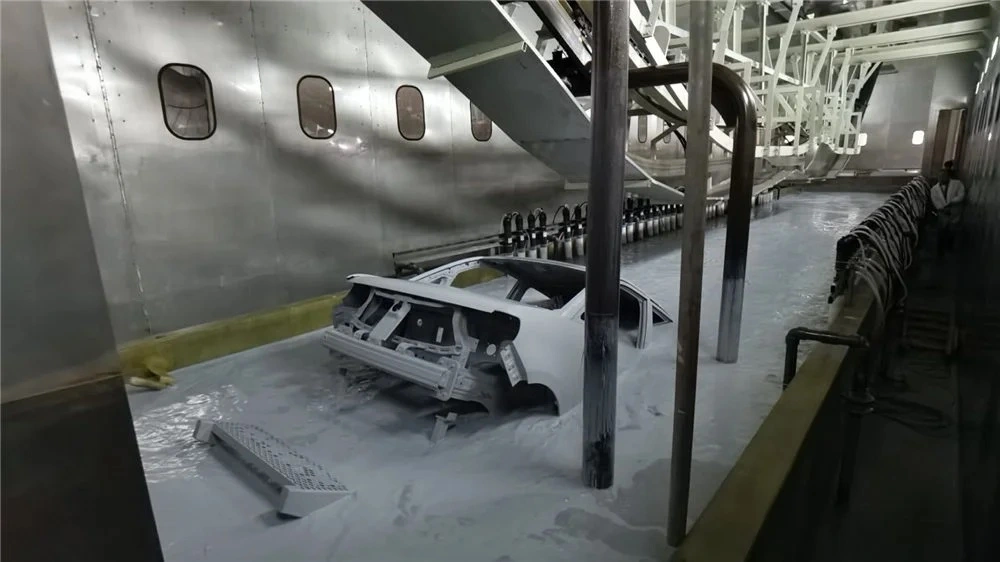
What is a Paint Baking Oven?
A paint baking oven, often referred to as a curing oven, is a specialized industrial appliance designed to dry and cure painted surfaces through controlled heating. This process involves exposing coated items to specific temperatures for a set duration, which facilitates the chemical cross-linking of paint molecules. This results in a hard, durable finish that resists chipping, corrosion, and environmental damage. Typically, a paint baking oven operates within a temperature range of 120°C to 200°C, depending on the type of paint and substrate. It is commonly used in sectors where high-quality finishes are non-negotiable, such as automotive manufacturing, where a paint baking oven ensures that vehicle bodies have a glossy, long-lasting coat. The evolution of paint baking ovens has incorporated advanced technologies like programmable logic controllers (PLCs) and energy-efficient heating systems, making them more adaptable to various industrial needs. By integrating a paint baking oven into a production line, manufacturers can achieve consistent results, reduce rework, and enhance overall product quality. This foundational understanding sets the stage for exploring how these ovens function and their broader implications in industry.
How Does a Paint Baking Oven Work?
The operation of a paint baking oven revolves around a precise thermal curing process that transforms liquid paint into a solid, resilient layer. Initially, the painted object enters the oven chamber, where heat is applied uniformly to avoid defects like blistering or uneven curing. The oven uses heating elements—such as electric heaters, gas burners, or infrared lamps—to raise the temperature to a predetermined level. As the heat penetrates the coating, it triggers polymerization, where the paint's resins and solvents react to form a tight molecular network. This is critical for achieving adhesion and hardness. Modern paint baking ovens often feature convection systems that circulate hot air to ensure even heat distribution, or infrared systems that use radiation for faster curing. The entire cycle is monitored by sensors and controllers to maintain temperature accuracy, typically lasting from 10 minutes to an hour based on the material thickness and paint type. For instance, in automotive applications, a paint baking oven might cure a car body at 150°C for 20 minutes, resulting in a finish that withstands UV rays and harsh weather. This controlled environment not only speeds up production but also minimizes energy consumption and emissions, aligning with sustainable manufacturing practices. Understanding this mechanism highlights why a paint baking oven is vital for achieving high-performance coatings in competitive industries.
Types of Paint Baking Ovens
Paint baking ovens come in various designs, each tailored to specific production requirements and space constraints. The primary types include convection ovens, infrared ovens, and combination systems. Convection paint baking ovens rely on forced air circulation to transfer heat, making them ideal for complex shapes and large batches. They ensure consistent temperature across the chamber, which is essential for uniform curing in industries like furniture or metal fabrication. Infrared paint baking ovens, on the other hand, use electromagnetic radiation to directly heat the paint surface, offering rapid curing times and lower energy usage. These are preferred for high-speed lines, such as in electronics or appliance manufacturing, where precision is key. Another variant is the batch oven, which processes items in loads, suitable for small to medium-scale operations. Conversely, continuous conveyor ovens integrate seamlessly into assembly lines, allowing for uninterrupted production—common in automotive plants where a paint baking oven must handle high volumes. Additionally, there are electric and gas-powered models, with electric ovens providing cleaner operation and gas ovens offering cost-effectiveness for large-scale use. Each type of paint baking oven has its advantages; for example, infrared systems reduce cure times by up to 50%, while convection ovens excel in versatility. Selecting the right type depends on factors like production speed, energy efficiency, and the nature of the coated items, underscoring the importance of customization in industrial applications.
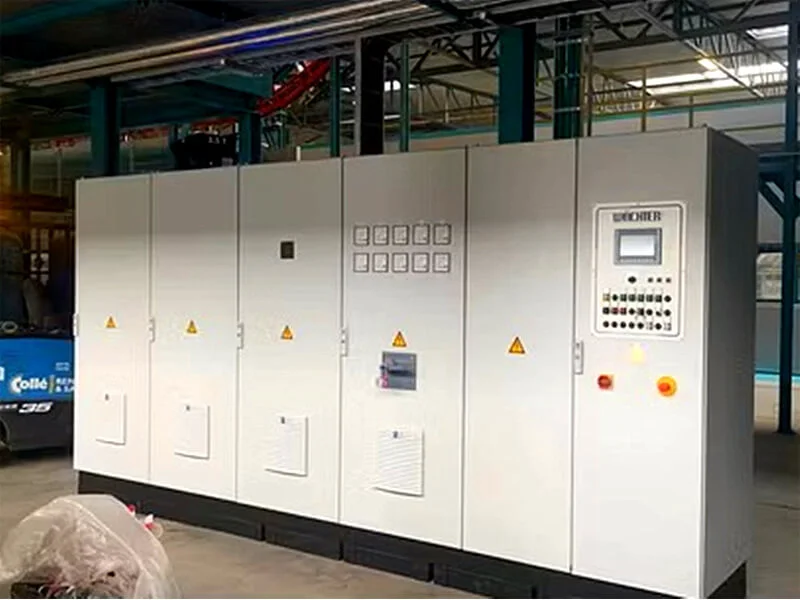
Applications of Paint Baking Ovens
The versatility of a paint baking oven extends across numerous industries, making it a cornerstone of modern manufacturing. In the automotive sector, a paint baking oven is used to cure vehicle bodies and parts, ensuring a glossy, scratch-resistant finish that meets safety and aesthetic standards. This application is critical for longevity, as cars face constant exposure to elements. Similarly, in aerospace, paint baking ovens treat aircraft components with specialized coatings that resist extreme temperatures and corrosion, enhancing flight safety. The furniture industry relies on these ovens for finishing wood and metal products, providing a durable surface that withstands daily wear and tear. Electronics manufacturers employ paint baking ovens to cure protective coatings on circuit boards and devices, preventing moisture damage and improving reliability. Moreover, in the construction and appliance sectors, a paint baking oven is integral for coating structural steel and household items like refrigerators, respectively. The adaptability of a paint baking oven allows it to handle various materials, including plastics, metals, and composites, making it indispensable in custom fabrication shops. As environmental regulations tighten, many industries are adopting low-VOC (volatile organic compound) paints, which require precise curing in a paint baking oven to minimize emissions. This broad applicability demonstrates how a paint baking oven drives quality and innovation across diverse fields, from heavy industry to consumer goods.
Benefits of Using a Paint Baking Oven
Incorporating a paint baking oven into a production line offers numerous advantages that boost efficiency, quality, and sustainability. Firstly, it significantly enhances coating durability by creating a hard, cross-linked surface that resists abrasion, chemicals, and UV degradation. This leads to longer product lifespans and reduced maintenance costs. Secondly, a paint baking oven improves production speed by accelerating the curing process compared to air drying, which can take hours or days. For instance, in industrial settings, a paint baking oven can reduce cure times to minutes, increasing throughput and meeting tight deadlines. Energy efficiency is another key benefit; modern ovens are designed with insulation and heat recovery systems that lower operational costs and carbon footprints. Additionally, a paint baking oven ensures consistency in finish quality, eliminating variations that can occur with manual methods. This reproducibility is vital for brands maintaining high standards. From an economic perspective, investing in a paint baking oven can lead to long-term savings by minimizing rework, waste, and material usage. Environmental benefits include compliance with emissions standards, as controlled curing reduces VOC release. Overall, a paint baking oven not only optimizes manufacturing processes but also supports broader goals like sustainability and customer satisfaction, making it a valuable asset in any coating-intensive industry.
Maintenance and Safety Tips for Paint Baking Ovens
Proper maintenance and safety protocols are essential for maximizing the lifespan and performance of a paint baking oven. Regular inspections should include checking heating elements, fans, and temperature sensors for wear or damage, as faults can lead to uneven curing or downtime. Cleaning the oven interior and filters prevents buildup of paint residues, which could cause fires or contamination. It's also important to calibrate temperature controls periodically to ensure accuracy, as deviations can compromise coating quality. Safety measures involve installing ventilation systems to handle fumes and using personal protective equipment (PPE) like gloves and goggles during operation. Training operators on emergency procedures, such as shutdown protocols in case of overheating, is crucial to prevent accidents. Additionally, implementing a preventive maintenance schedule—lubricating moving parts, inspecting electrical connections, and replacing worn components—can reduce breakdowns and extend the oven's life. For energy-efficient operation, consider upgrading to modern insulation or automated controls. By adhering to these practices, a paint baking oven remains reliable and safe, supporting continuous production without interruptions. This proactive approach not only safeguards workers but also ensures that the oven operates at peak efficiency, delivering consistent results in various industrial applications.
Frequently Asked Questions (FAQs)
Q1: What is the primary purpose of a paint baking oven?
A1: The primary purpose of a paint baking oven is to cure painted surfaces by applying controlled heat, which hardens the coating through chemical reactions. This process enhances durability, adhesion, and resistance to environmental factors, making it essential in industries like automotive and manufacturing for achieving high-quality finishes.
Q2: How long does it typically take for a paint baking oven to cure coatings?
A2: The curing time in a paint baking oven varies based on factors like paint type, material thickness, and oven design, but it generally ranges from 10 minutes to an hour. For example, automotive coatings might cure in 20-30 minutes at temperatures around 150°C, while thicker industrial coatings could require longer periods.
Q3: Can a paint baking oven be used for different types of paints?
A3: Yes, a paint baking oven can handle various paint types, including water-based, solvent-based, and powder coatings, as long as the temperature and time settings are adjusted accordingly. However, it's important to consult the paint manufacturer's specifications to ensure compatibility and avoid issues like overheating or incomplete curing.
Q4: What are the energy consumption considerations for a paint baking oven?
A4: Energy consumption depends on the oven type and usage; convection ovens may use more energy due to air circulation, while infrared ovens are often more efficient. To minimize costs, look for features like insulation, heat recovery systems, and programmable controls. Regular maintenance and optimizing cycle times can also reduce energy usage in a paint baking oven.
Q5: How do I choose the right paint baking oven for my business?
A5: Selecting the right paint baking oven involves evaluating production volume, space availability, coating materials, and budget. For high-volume lines, continuous conveyor ovens are ideal, while batch ovens suit smaller operations. Consider factors like heating method (e.g., convection vs. infrared), temperature range, and compliance with safety standards to ensure the oven meets your specific needs.


